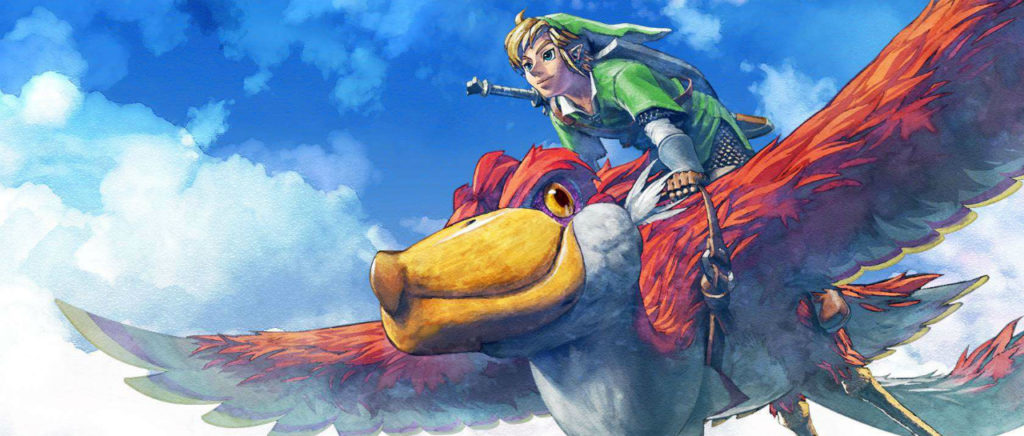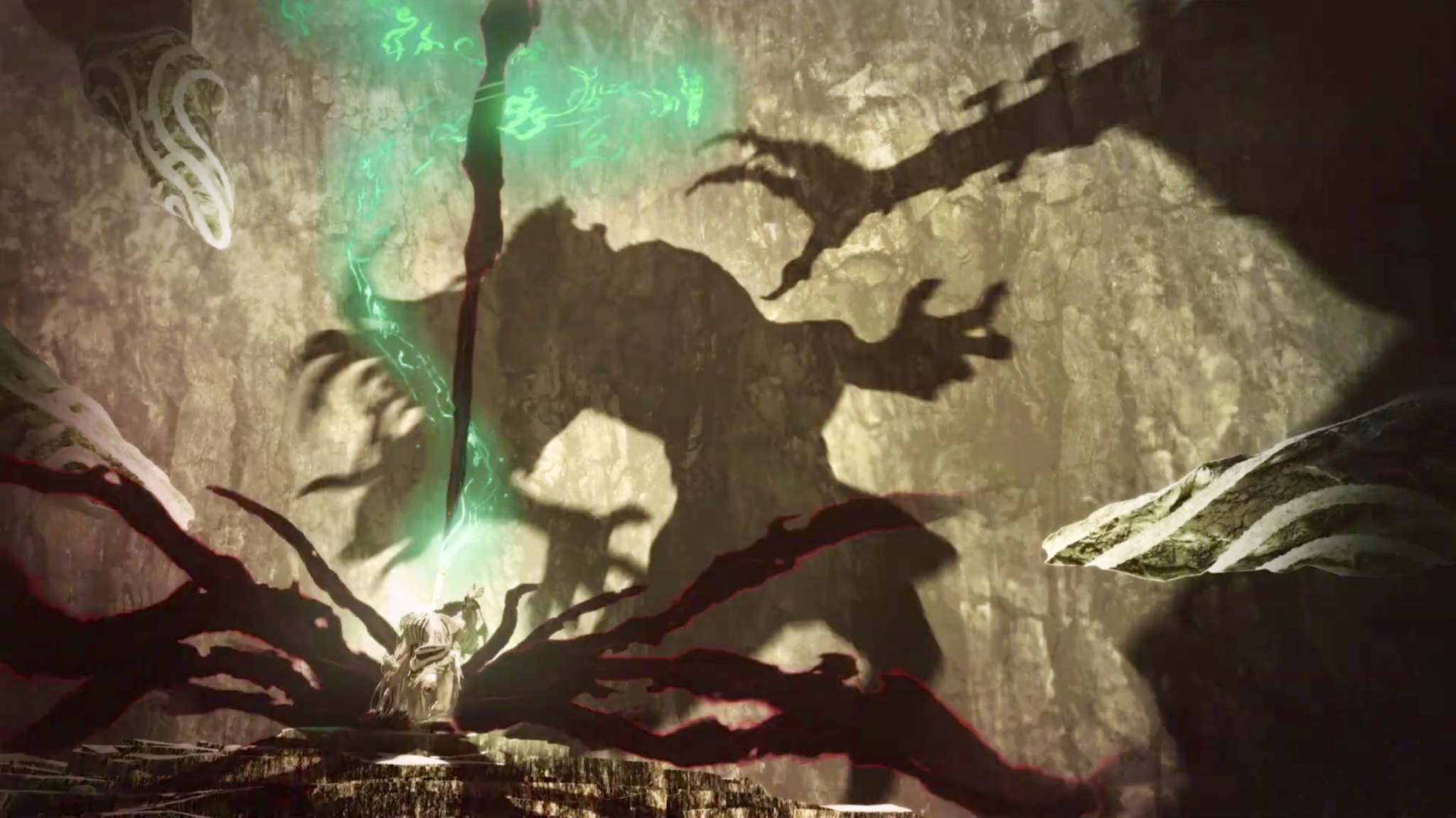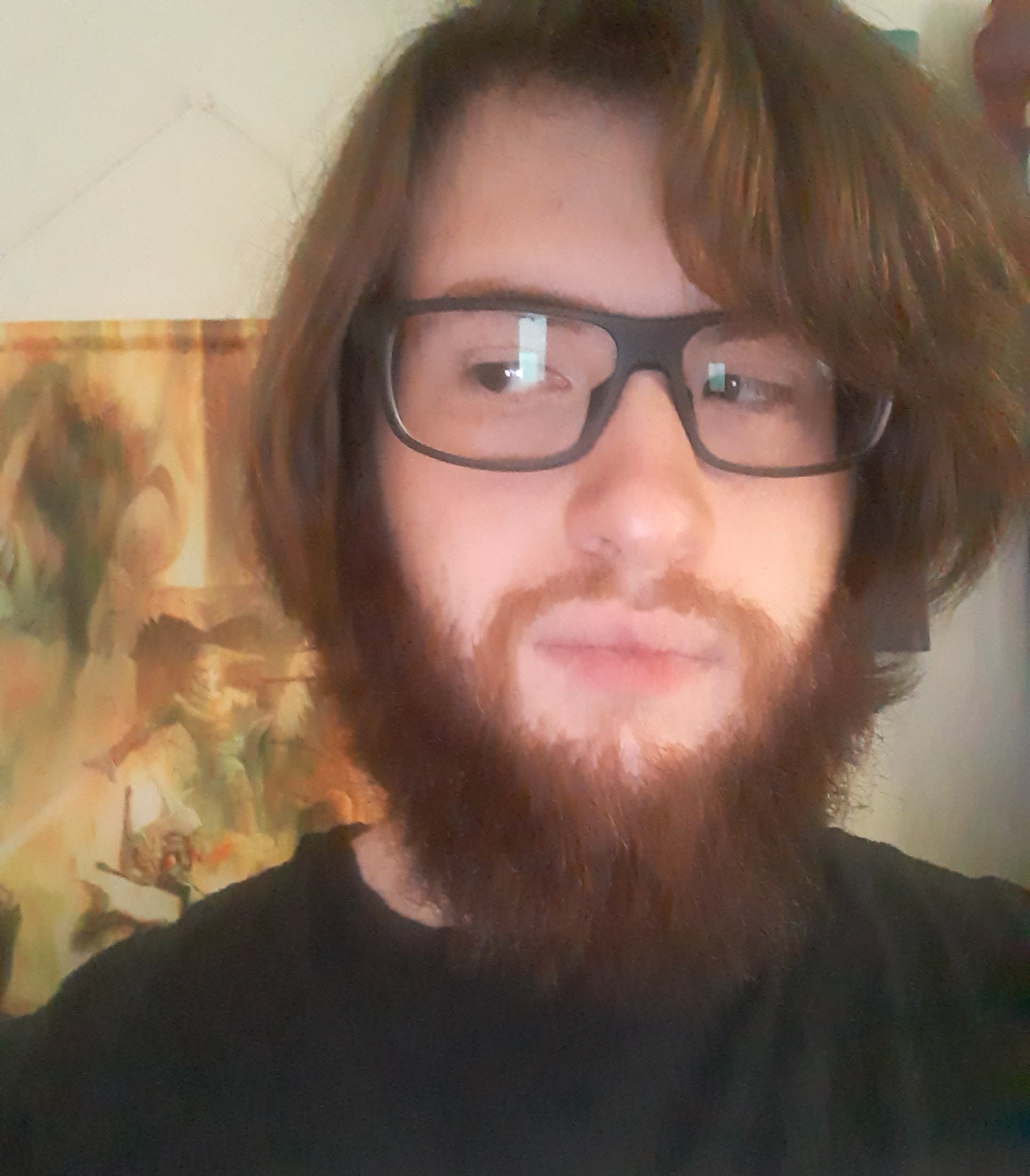A Link to the Sky: How Skyward Sword Influenced Breath of the Wild and Its Upcoming Sequel
Posted on June 20 2021 by Charles Xavier

Fair warning, I’m starting off with a hot take: Skyward Sword was probably my least favorite Zelda game for a long time.
Admittingly, my dislike of the game stemmed from it not meeting my expectations upon its release. In terms of Home Console 3D Zelda games, I began to notice a trend of overworlds expanding with each release after Ocarina of Time. The Wind Waker’s Great Sea felt huge, and afterwards Twilight Princess greatly increased the scale of Hyrule proper. With that considered, I felt like a natural progression for the series was to continue expanding the size of the 3D overworld, perhaps offering an open world game with the next 3D Zelda game – a notion that didn’t seem far-fetched to me at the time, considering games like Batman: Arkham City and The Elder Scrolls V: Skyrim were releasing within a close time frame. Alas, it would turn out that Skyward Sword would be one of the most linear 3D Zelda games to exist, lacking an overworld altogether; instead having a hub system linking 3 geographic regions. This was not what I expected from the game, and I felt it was a major step back for the series.
For a really long time I was salty towards Skyward Sword, I wanted nothing to do with the game; but all my friends kept urging me to give it one more chance. Last year I finally pulled the game off its shelf and replayed it. Once I soaked things in from that replay, I walked away still feeling that I dislike the absence of an overworld, but overall my negative view of the game has eased up – it’s not a bad experience at all, and I managed to find a new found appreciation for the game. I believe it’s directly responsible for what I consider the redemption of the Zelda series: Breath of the Wild.
Feedback on Skyward Sword‘s Linearity Impacted Series Producer Eiji Aonuma

A month before Breath of the Wild released in 2017, Eiji Aonuma participated in an interview with Game Informer where he mentioned that fan feedback on Skyward Sword played an important role in shaping Breath of the Wild‘s open world exploration:
“So there was something that the fans said before starting development that changed what I thought. There was a fan that said he really, really loved Zelda. But while playing Skyward Sword, he missed experiencing this huge world where he could just ride Epona around. And somewhere within myself, I felt the same way. For Breath of the Wild, it’s something that I definitely thought about.”
From this, we know that Skyward Sword‘s shortcomings were a driving factor in forging Breath of the Wild into the game it became. But I think its influence runs even further, as can be seen in multiple facets of the game.
The first thing that is immediately noticeable is the art style. Breath of the Wild showcases a much cleaner presentation of the mixture of cel-shaded and realistic art that we saw in Skyward Sword, and is stated to have been influenced by en plein air painting and gouache, bringing about a more vibrant style than Skyward Sword‘s impressionist art. Next, the Stamina Meter was a new addition to the series in Skyward Sword, though it’s implementation was very limited; the concept wouldn’t be executed to its fullest potential until Breath of the Wild. Lastly, the sailcloth was a feature carried over from Skyward Sword, eventually evolving into the paraglider, a key item in swiftly traveling the world, solving puzzles in Shrines and Divine Beasts, or aiding Link in combat.
All of these features are noteworthy because they were the striking elements of the game’s reveal at E3 2014, and the footage of it’s gameplay in the demo that was shown during the 2014 Game Awards. It was clear back then that this was an evolution of Skyward Sword in many ways, but the similarities go even further than we initially thought; Breath of the Wild could best be described as Skyward Sword’s original gameplay vision finally realized.
Rethinking the Conventions of Zelda

Before the release of Skyward Sword, Aonuma took part in an interview with Gamespot where he conveyed that with Skyward Sword they wanted to attempt to make the borders between dungeons and overworld seamless:
“If you look at The Legend of Zelda as a series, there are some things that are fairly traditional in the structure of the game in that you have a traditional field area and then a dungeon area. So, a dungeon area… we thought maybe we won’t have the dungeon areas just be that place where you go and you fight some enemies, you solve a puzzle, and you beat the boss, but maybe we can make some field areas that operate sort of like dungeons, or maybe we’ll have dungeons where you’re not just going in to battle enemies, but maybe a dungeon where say you lose your sword and you have to flee from the enemies and solve puzzles. So again we’re trying to mix up and take away some of the borders between dungeons and fields so that things seem to be, I don’t want to say smoother, but just again get rid of some of those borders between the two different types of areas that we’ve traditionally had.”
Later, during an Iwata Asks segment devoted to Skyward Sword after it’s release, it was mentioned that there was going to be roads and a proper overworld connecting each geographic region of the game, but figuring out how to design it became such a challenge that the team opted not to connect the regions at all:
“Aonuma: Usually, when we make a Legend of Zelda game with a continuous body of land, we need an overlapping part to join one game field to the next. This time, we made all kinds of gameplay for the forest, volcano and desert areas, and needed to create roads for going back and forth among those places. Every time, it was quite a struggle to figure out how to handle those roads.
Iwata: Roads are particularly essential to a game like The Legend of Zelda.
Aonuma: That’s right. But the first thing we thought of this time was that perhaps we didn’t need those roads.
Iwata: What do you mean?
Aonuma: Well, Fujibayashi-san and I talked for a long time about how, if we could make the gameplay in each area dense, then we wouldn’t need to physically join them.”
A few years later, during the first Wii U Direct of 2013, Aonuma would address that eliminating a linear structure for Skyward Sword became too much of investment with the time they had, even though it was something they wanted to try, and he assured “Zelda Wii U” would finally be the game to execute this design philosophy:
“Our mission in developing this new Zelda game for Wii U is quite plainly to rethink the conventions of Zelda. I’m referring to things like the expectation that the player is supposed to complete dungeons in a certain order, or that you’re supposed to play by yourself. The things that we’ve come to take for granted recently.
We want to set aside these ‘conventions’, get back to basics and create a newborn Zelda game so that the players today can best enjoy the real essence of the franchise.
We had actually worked on this kind of challenge with Skyward Sword but we weren’t able to put effort into changing the linear-path structure of the game. I hope to be able to talk to you in more detail about how it will change after I see it come together a bit more.”
So at its core, Breath of the Wild is the fruition of a design philosophy that was attempted but not feasible for its predecessor. Instead of innovating with scale, the hope for Skyward Sword became that the motion controls tied to swordplay would be a groundbreaking feature, but it was met with less than optimistic enthusiasm. Breath of the Wild finally fulfilled those hopes of eliminating linearity that was intended for Skyward Sword, and it ended up being a pretty groundbreaking game for departing somewhat from the “Zelda formula”. So Breath of the Wild can best be described as Skyward Sword with all of its gameplay potential finally realized, and this is perhaps even more true of the upcoming sequel. Beyond gameplay, I also believe it ties up lose narrative ends that Skyward Sword set in motion.
Plot Points from Skyward Sword Come Full Circle in Breath of the Wild

Taking place as the first game chronologically, Skyward Sword was supposed to offer backstory to things presented in later games, not create new questions; unfortunately it did more of the latter. This is a plot point rarely touched on, but to me it was always inexcusable: Hylia gives up her immortality so “the Triforce could one day be used”. I’ve spent more time than I’d like to admit pondering the meaning of these lines, to no avail. Surely it can’t mean that if Hylia remained immortal this would counter-act the properties of the Triforce that grants wishes, if this were true, Demise’s efforts to obtain it would always be in vain, and the whole dilemma would be trivial. Then the answer came to me: Hylia intended for her mortal reincarnation to be the one to harness the Triforce. I became convinced this was the meaning of that line, but it baffled me that such a prospect would be presented but not fulfilled narratively in the game. That’s where Breath of the Wild comes in.
In Breath of the Wild it is implied that Zelda’s power is from the Triforce itself, and not just the Triangle of Wisdom. It looks like she is harnessing the complete Triforce. If true, I can’t see this as anything but the fulfillment of Hylia’s plan from long ago. Although the canon status of Hyrule Warriors: Age of Calamity is debatable, its events revolve around an unknown wish on the Triforce that Zelda made. When her power finally awoke, her only desire was to save everyone, so an alternate reality was created to make this possible. Why it didn’t just alter reality as is, I have no clue, but that’s besides the point; the takeaway is Age of Calamity might confirm that Zelda does have the whole Triforce. Hylia’s sacrifice wasn’t meant to come full circle right away, she was implied to have powers relating to time, so she may have been looking into the then distant future and saw that a mortal reincarnation of herself was able to use the Triforce.
Having the Goddess Statues throughout Hyrule, as well as the ruined springs that Zelda had to venture to reawaken her memories as Hylia, also closely links the game to Skyward Sword, and it seems they decided to make a firm connection between Ganondorf and Demise, which expands lore started in Skyward Sword.
Further Connections in the Sequel to Breath of the Wild

Two years ago when I analyzed the reveal of the sequel to Breath of the Wild, my biggest take away was it felt like Ganondorf’s story arc has turned into a parallel of Demise’s when his days were numbered. Visually there seems to be a connection between them. I also realized based on the 2019 trailer that Ganondorf’s true form is separated from him, so to bypass this he takes on the monstrous form of Calamity Ganon. This is similar to Demise being stripped of his natural form and taking on the monstrous form known as The Imprisoned. There is a lot a lot of dialogue in Breath of the Wild that references things like the Spirit of the Hero, and the reincarnated Goddess arising to take on the recurring threat of Calamity Ganon. This makes sense if they really are trying to tie up the narrative from Skyward Sword.
The biggest similarity between these titles and Skyward Sword, though, is the most recent E3 teaser featuring a character we presume is Link exploring islands in the sky. When I saw this footage I thought, “Wow, so this is what Skyward Sword was supposed to be.” It feels like this is the original vision, at least in terms of gameplay, that they had for Skyward Sword. An expansive non-linear surface world, and a sky filled with various floating islands that are engaging to explore. It’s certainly more like what I hoped Skyward Sword would be a decade ago.
Conclusion

I think in light of Skyward Sword HD’s release, there is probably a connection between all these games. The evolution of gameplay philosophy is clear to see because it’s on record. Narratively, I’m unsure to what extent they plan to link the games, if at all, but it looks like that is something on the table from the footage we have of the Breath of the Wild sequel. One of my theories at the moment is that there were people living in the sky who didn’t migrate to the surface after Skyward Sword. So maybe the sequel to Breath of the Wild is a rediscovery of the Hylian’s brief history in the clouds? Even if that isn’t the direction it takes, I don’t think connections between these titles can be overlooked, and that’s the main take away here!
Charles is a Senior Editor at Zelda Dungeon. He is a massive fan of Star Wars, The Lord of the Rings, and Marvel Comics. He enjoys Skittles immensely. Follow him on Twitter to keep up with his recent playthrough of Breath of the Wild!

Charles is a Senior Editor at Zelda Dungeon. He is a Visual Development artist focused on enviroments and pitch paintings. Check out his Instagram and Twitter to see his latest artworks, a lot of which is Zelda fan art! His favorite candy is Skittles – he feels the world should know this.



